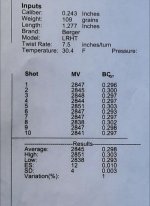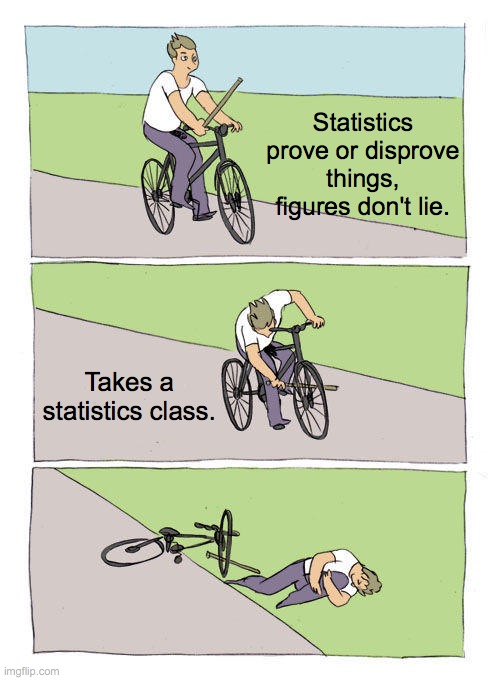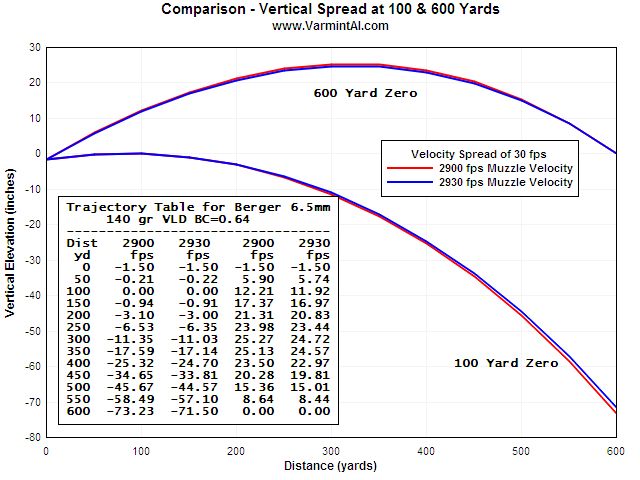The way I’ve heard people define positive compensation seems as illogical as thinking bullets shoot tighter as distance increases.
It’s definitely interesting.
Finding a load range that exits higher and lower in the vertical barrel vibration at the damn near perfect time so faster and slower rounds have a similar waterline.
Alex Wheeler is a proponent.
Combine that with relatively low round count load development to get there…..
It’s definitely easy to question the validity.
For what it’s worth, it’s a similar theory to OCW. Varying powder charges which have same POI. It’s essentially positive compensation @ 100yds.
I’m absolutely ok with either method being completely valid or completely false. But I haven’t seen long term data that suggests either is reliable. Granted, that’s a task in a half to test enough to truthfully validate.




